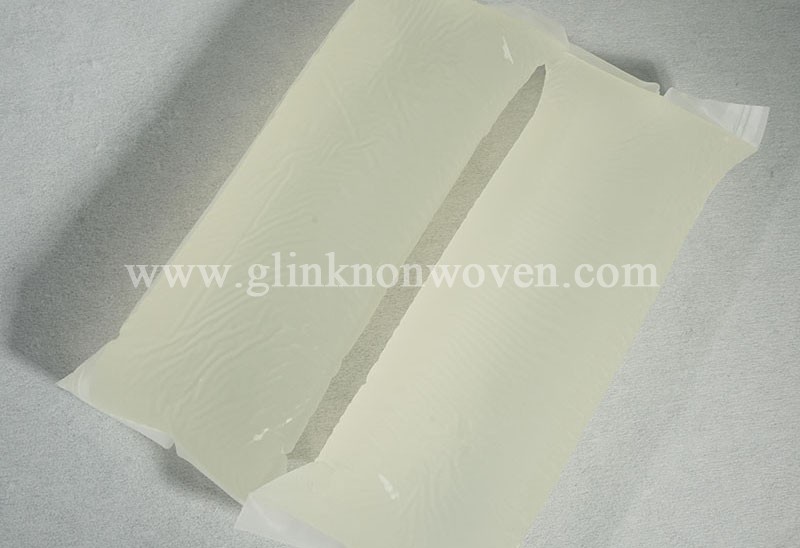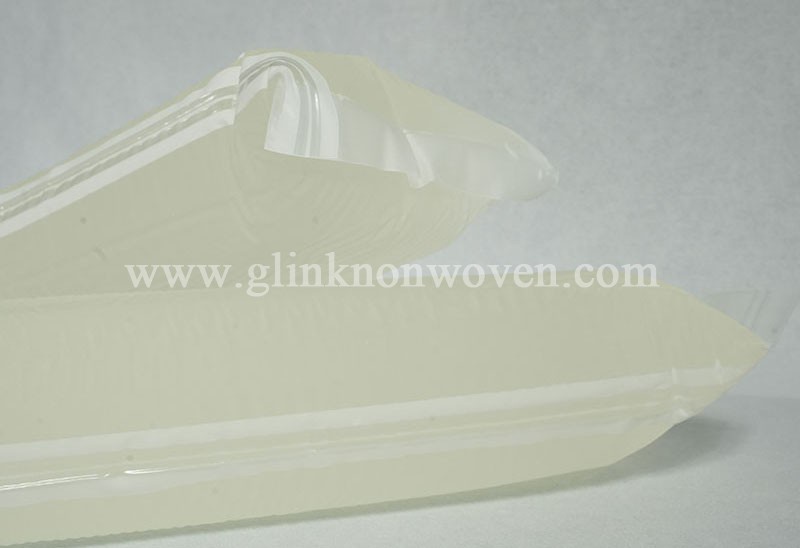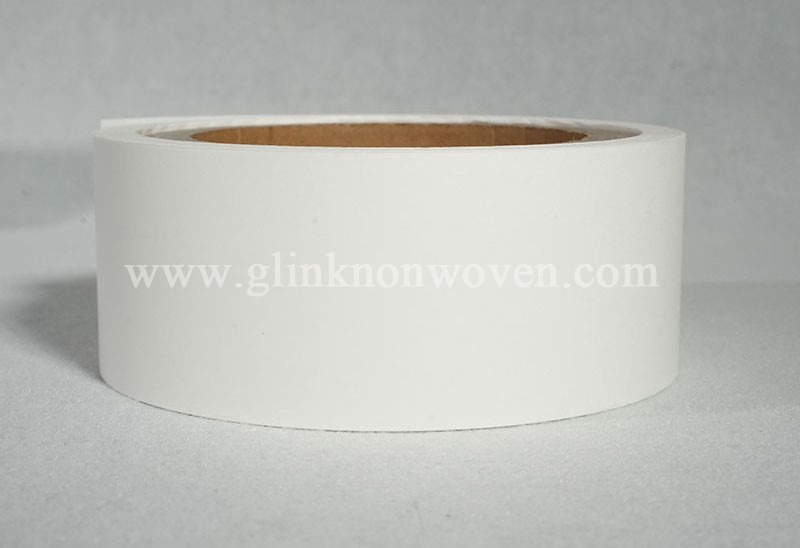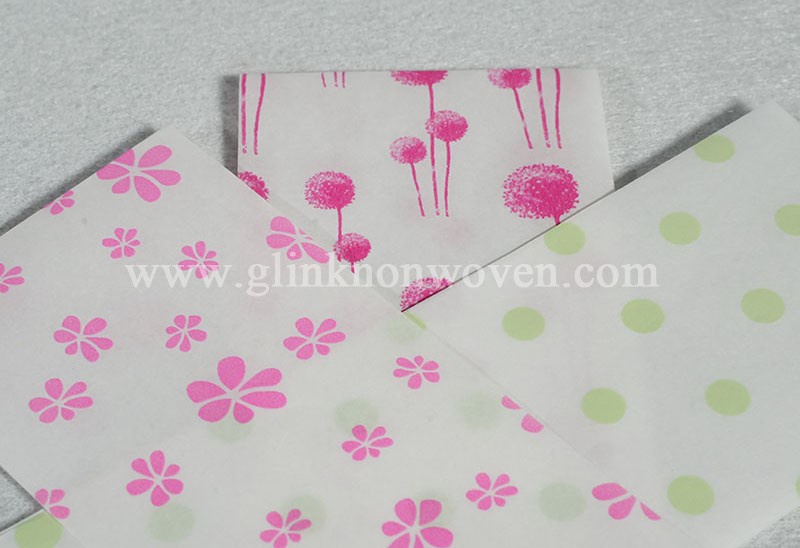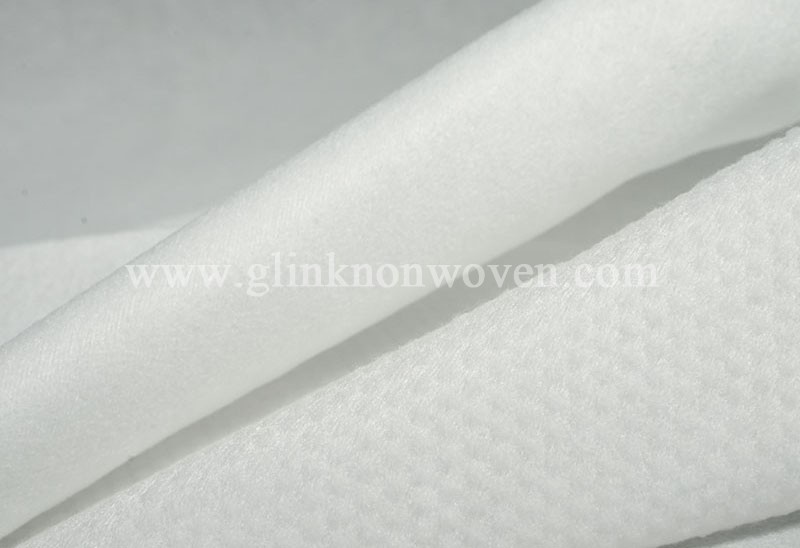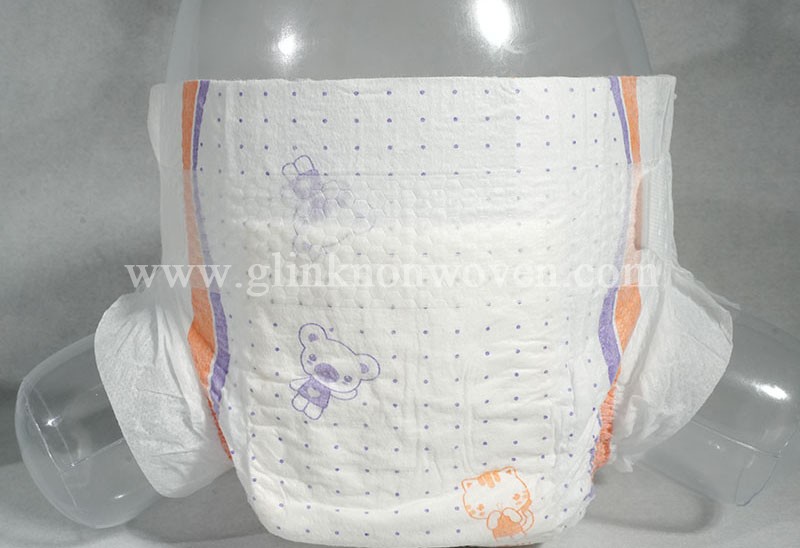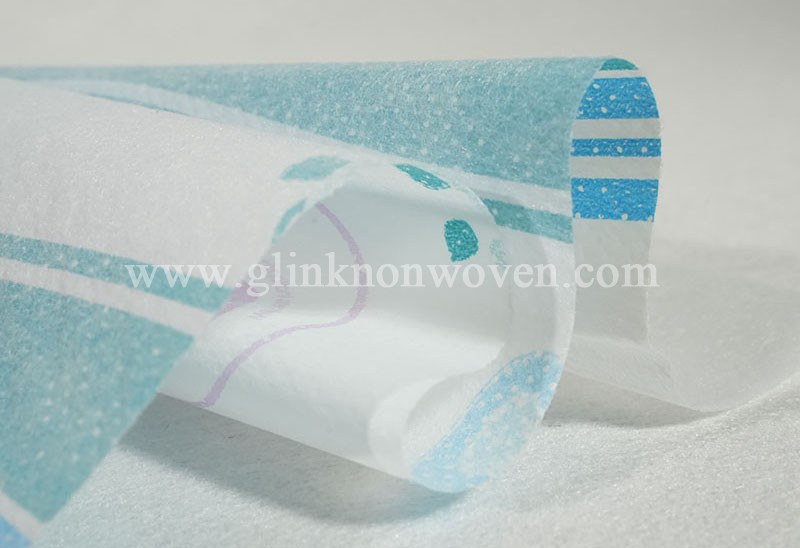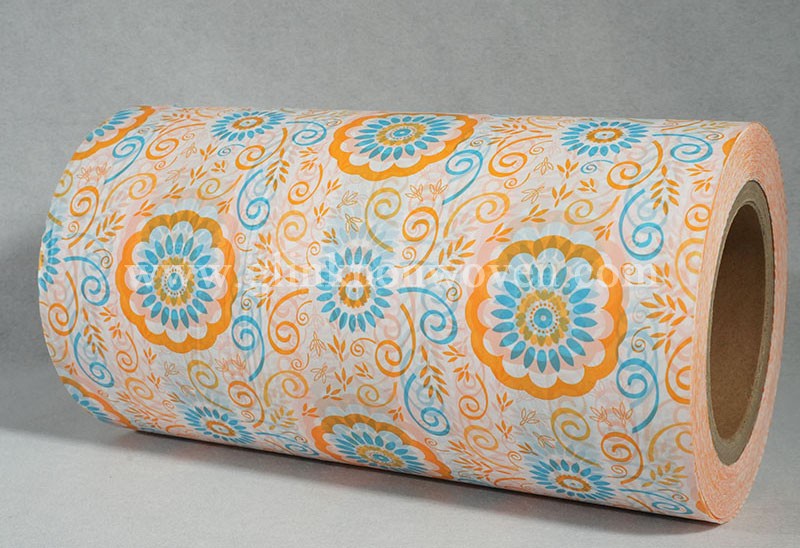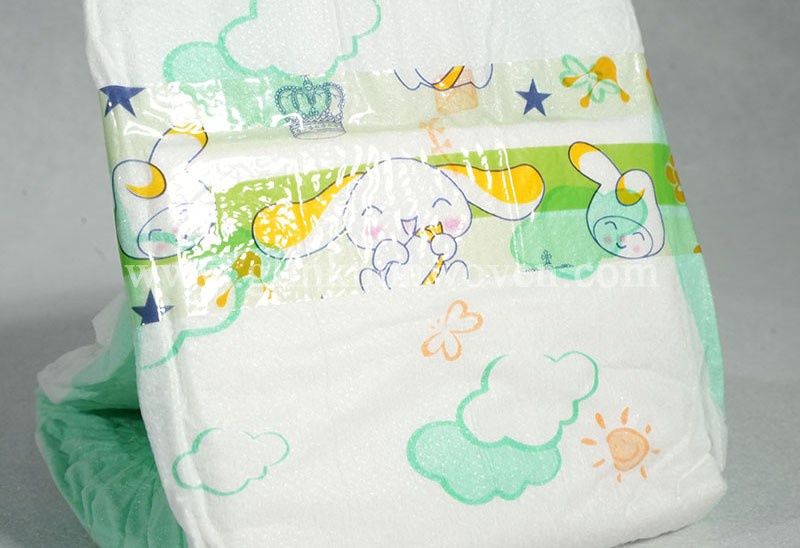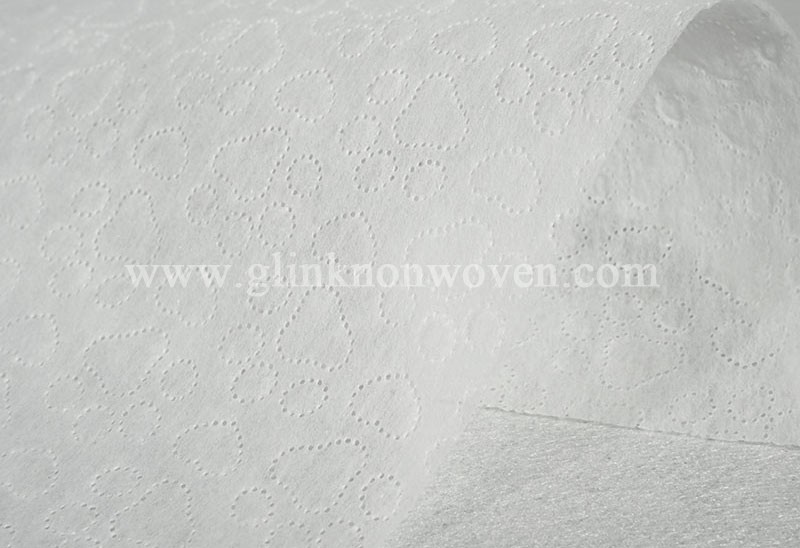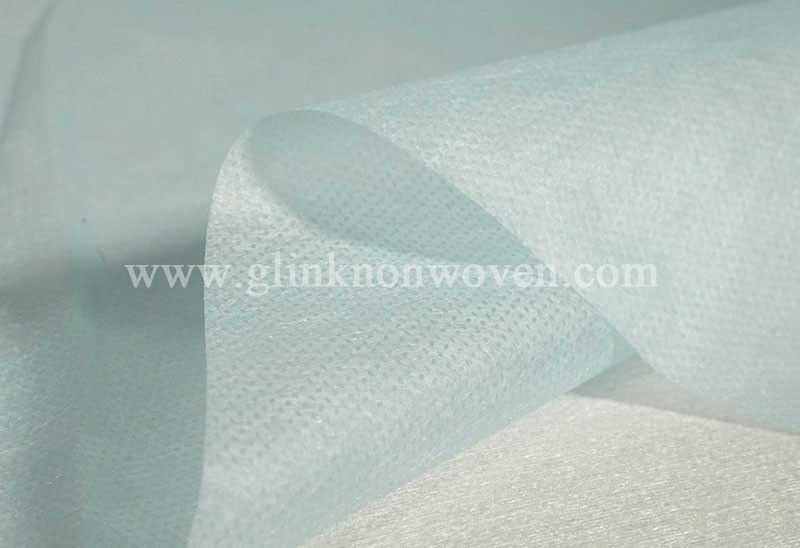Advantages and disadvantages of the four cores of diapers
Dec 31, 2024
Diapers are a must have item for modern babies. The core of diapers directly affects the product quality such as water absorption and breathability. At present, there are four main types of diaper cores:
Wood pulp core (fluff pulp): It is a mixture of wood pulp and polymer water-absorbing resin, without stratification. Its advantage is that wood pulp fibers can effectively comb urine into the core, and polymer materials lock urine to keep the surface dry. However, the presence of wood pulp leads to easy lumps and fractures. Despite this, its excellent urine combing performance is still adopted by major international brands. The thinness is average, the water absorption and breathability are good, the softness is moderate, and the lumps and fractures are more obvious.
Dual core (second-generation core): The structure is similar to sheet stacking, combining the super absorbent polymer guide layer and the wood pulp layer, optimizing the water absorption and structural design. The wood pulp layer combs urine, and the polymer layer absorbs, with strong water absorption capacity and large water absorption. However, the stacking structure plus non-woven fabric is prone to soft lumps. The thinness is average, the water absorption is excellent, the air permeability is slightly weak, the softness is good, and the problem of lumping and faulting is moderate.
Glue core (third generation core): It is mixed with hot melt adhesive, non-woven fabric and polymer absorbent resin, and is layered. The polymer ensures the absorption amount, and the glue bonding remains flat and does not clump. However, after absorbing water, the whole expands, the air permeability is poor, and it may cause discomfort to the baby. Insufficient technology may cause the glue to smell or harden, and the cost is high. The thinness is average, the water absorption is good, the air permeability is very poor, the softness is moderate, and the problem of lumping and faulting is less.
Braided core: It is woven with breathable, flexible, and moisture-proof materials, filled with polymer absorbent primers, and has a special surface layer on the outside. The non-laminated structure is thin and not easy to clump and fault, and the diversion effect is good. But the cost is high. The thinness is excellent, the water absorption, air permeability, and softness are all good, and the problem of lumping and faulting is less.
To sum up, various core structures have their own advantages and disadvantages, and parents can choose suitable products according to their baby's needs and budget.
Read More
